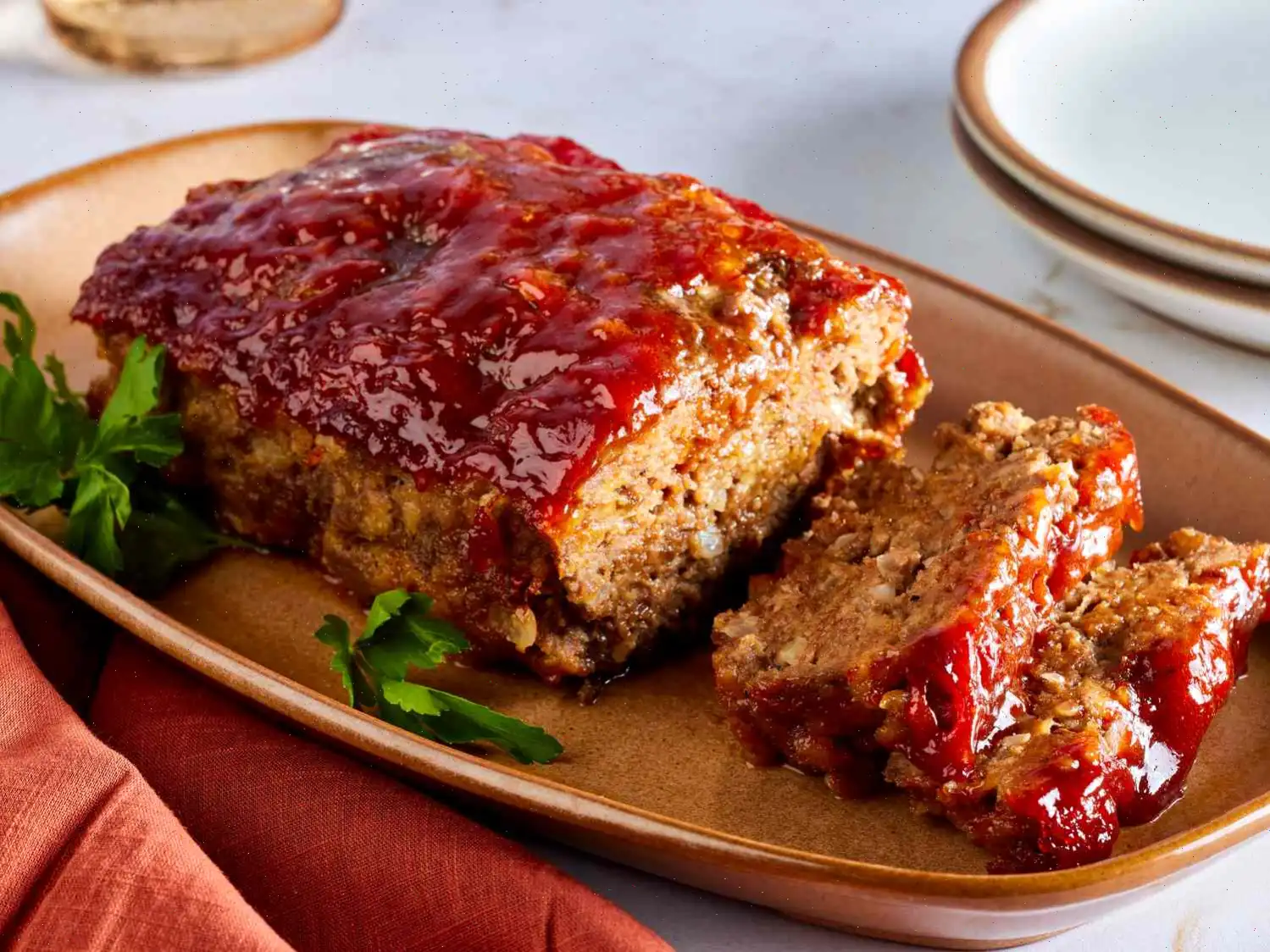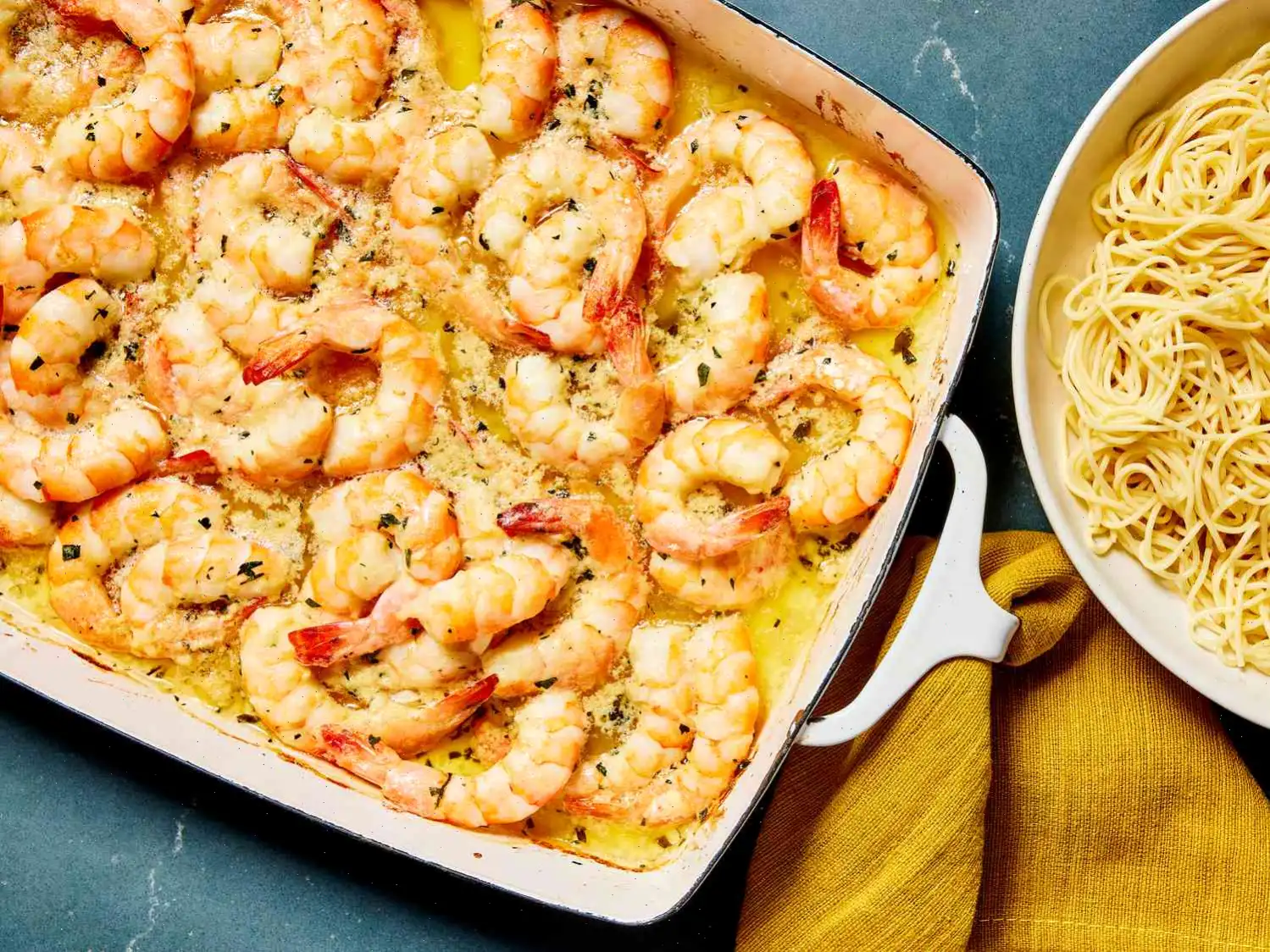
Mushroom Stir-Fry Recipe
Stir-Fry with Shiitake and Beech Mushrooms
This savory stir-fry brings together a medley of fresh vegetables and mushrooms, all tossed in a flavorful sauce. The dish is quick to prepare and packed with taste, making it an ideal option for a healthy meal.
Ingredients
Sauce:
- 3 tablespoons low-sodium soy sauce
- 2 tablespoons rice wine vinegar
- 1 tablespoon sesame oil
- 2 teaspoons honey
- 2 teaspoons cornstarch
- 1 teaspoon Sriracha sauce
Stir-Fry:
- 2 tablespoons peanut oil (or vegetable oil)
- 2 stalks celery, thinly sliced diagonally
- 1 medium onion, cut into 1/2-inch wedges
- pound shiitake mushrooms, trimmed and cut into 1/4-inch slices
- pound beech mushrooms, trimmed
- 6 green onions, cut into 2-inch pieces (whites and greens separated)
- pound enoki mushrooms, trimmed
- 2 cloves garlic, minced
- 1 teaspoon freshly grated ginger
Directions
Step 1: Prepare the sauce by whisking together soy sauce, rice wine vinegar, sesame oil, honey, cornstarch, and Sriracha in a small bowl until well combined. Set aside.
Step 2: In a large wok, heat the peanut oil over high heat. Once the oil is hot, add the celery and onion. Stir constantly and cook for 3 to 4 minutes, allowing the vegetables to soften slightly.
Step 3: Add the shiitake and beech mushrooms along with the white parts of the green onions. Continue to stir-fry for another 3 to 4 minutes, letting the mushrooms release their moisture and become tender.
Step 4: Add the enoki mushrooms, green parts of the green onions, garlic, and ginger. Stir-fry the mixture for 2 more minutes, ensuring everything is evenly combined.
Step 5: Move the vegetables to one side of the wok, creating a space for the sauce. Re-whisk the sauce ingredients to ensure they're well mixed, and then pour it into the empty side of the wok.
Step 6: Stir the vegetables into the sauce, cooking everything together for about 1 minute or until the sauce thickens slightly.
Step 7: Remove from heat immediately and serve hot. Enjoy your vibrant, flavorful stir-fry!
Recipe Tip
You can substitute vegetable oil for peanut oil if you prefer.
Nutrition Facts (per serving)
| Nutrition Information | Amount per Serving |
|---|---|
| Calories | 189 |
| Total Fat | 11g (13% DV) |
| Saturated Fat | 2g (9% DV) |
| Sodium | 776mg (34% DV) |
| Total Carbohydrates | 19g (7% DV) |
| Dietary Fiber | 4g (13% DV) |
| Total Sugars | 7g |
| Protein | 5g (10% DV) |
| Vitamin C | 10mg (12% DV) |
| Calcium | 37mg (3% DV) |
| Iron | 3mg (14% DV) |
| Potassium | 385mg (8% DV) |
*Percent Daily Values are based on a 2,000-calorie diet. Your daily values may vary depending on your calorie needs.
Mushroom stir-fry is a popular Asian-inspired dish known for its rich, earthy flavors and versatility. This dish, made with a variety of mushrooms, such as shiitake, enoki, and beech mushrooms, has become a staple in both vegetarian and non-vegetarian diets. But where did this dish come from, and what makes it stand out from other stir-fries? Let's take a closer look at its history, regional variations, and some interesting facts that highlight its culinary importance.
History of Mushroom Stir-Fry
The origins of stir-fry cooking can be traced back to China, where the technique has been a cornerstone of the culinary tradition for over a thousand years. The method of stir-frying involves cooking ingredients quickly over high heat in a wok, often with a small amount of oil. While the specific history of mushroom stir-fry is less well-documented, it is likely that the dish evolved as an extension of traditional stir-fries, where mushrooms were used as a key ingredient due to their abundance in the region.
Mushrooms have been prized in Asian cuisine for centuries, not only for their unique textures and flavors but also for their medicinal properties. Various types of mushrooms, such as shiitake and enoki, are frequently used in soups, stews, and stir-fries across China, Japan, and Korea. The combination of mushrooms in stir-fry dishes likely emerged as a popular way to highlight their meaty textures and earthy taste, making them a perfect addition to vegetarian meals and an alternative to meat-based dishes.
Regional Variations
Although the basic concept of a mushroom stir-fry can be found across many Asian cuisines, different regions bring their own unique twist to the dish. For example, in Chinese cuisine, stir-fried mushrooms are often paired with ingredients like bamboo shoots, water chestnuts, and tofu. The seasoning may include soy sauce, hoisin sauce, or oyster sauce, which are commonly found in Chinese kitchens.
In Japan, the focus might be on a simpler seasoning of soy sauce and mirin, allowing the natural flavors of the mushrooms to shine. Korean variations may include gochujang (fermented chili paste) for an extra kick, adding heat to the dish. In Southeast Asia, especially in Thai cooking, mushrooms are sometimes stir-fried with lemongrass, basil, and fish sauce for a more aromatic and complex flavor profile.
What Sets Mushroom Stir-Fry Apart?
What makes mushroom stir-fry stand out from other stir-fry dishes is the use of various mushroom varieties, each contributing a different texture and flavor. Shiitake mushrooms, known for their rich umami flavor, bring depth to the dish, while enoki mushrooms offer a delicate crunch. Beech mushrooms, with their mild sweetness, balance the dish with a lighter texture.
Additionally, while many stir-fries focus on meat or tofu as the main protein, mushroom stir-fry offers a plant-based alternative that doesnt compromise on flavor or satisfaction. The combination of mushrooms with vegetables like celery, onions, and green onions creates a dish that is both hearty and light, making it a great option for those looking for a healthy, vegetarian meal that doesnt sacrifice taste.
Where is Mushroom Stir-Fry Usually Served?
Mushroom stir-fry is commonly served in Chinese, Japanese, and Korean restaurants around the world, especially in regions with a large Asian population. It is often enjoyed as a main dish, served alongside steamed rice or noodles. In many Asian households, it is also a popular weeknight meal due to its quick cooking time and use of readily available ingredients.
In restaurants, mushroom stir-fry is typically served as part of a larger meal, often alongside other dishes like stir-fried vegetables, rice, or noodle dishes. It is also a common choice in vegetarian or vegan menus, appealing to those seeking plant-based meals with rich, savory flavors.
Interesting Facts about Mushroom Stir-Fry
- Mushrooms are not only delicious but also highly nutritious. They are a good source of vitamins, minerals, and antioxidants, particularly vitamin D, which is rare in most plant-based foods.
- The variety of mushrooms used in this dish, such as shiitake, enoki, and beech, are often chosen for their unique textures. Shiitake mushrooms, for example, are known for their meaty texture, while enoki mushrooms add a delicate crunch.
- Stir-frying is one of the healthiest ways to cook vegetables and mushrooms, as it uses minimal oil and preserves the nutritional value of the ingredients.
- The dish is incredibly versatile. You can substitute or add other vegetables, such as bell peppers, carrots, or snow peas, to create your own version of this dish.
- In traditional Chinese medicine, mushrooms like shiitake and reishi are believed to have health benefits, including boosting the immune system and improving energy levels.
In conclusion, mushroom stir-fry is not only a delicious and nutritious dish, but it also holds a rich history rooted in Asian culinary traditions. Whether enjoyed in a restaurant or prepared at home, this versatile dish can be easily adapted to suit various tastes and preferences. Its unique combination of textures and flavors, along with its health benefits, make it a favorite among mushroom lovers and a go-to choice for those seeking a hearty, plant-based meal.








